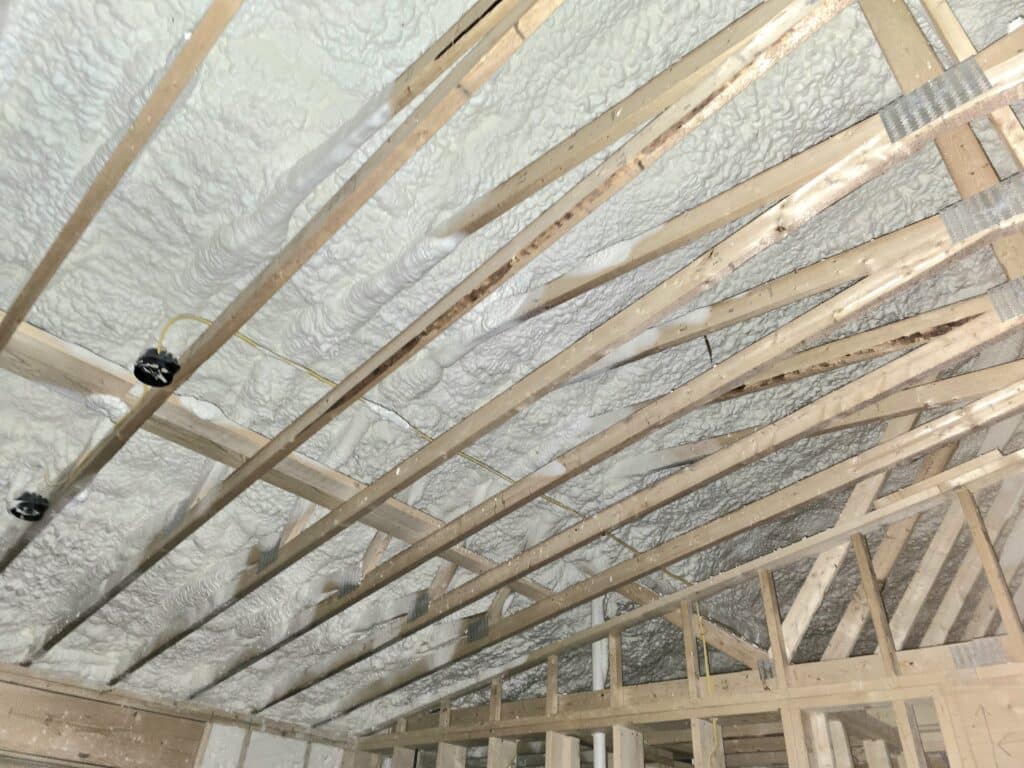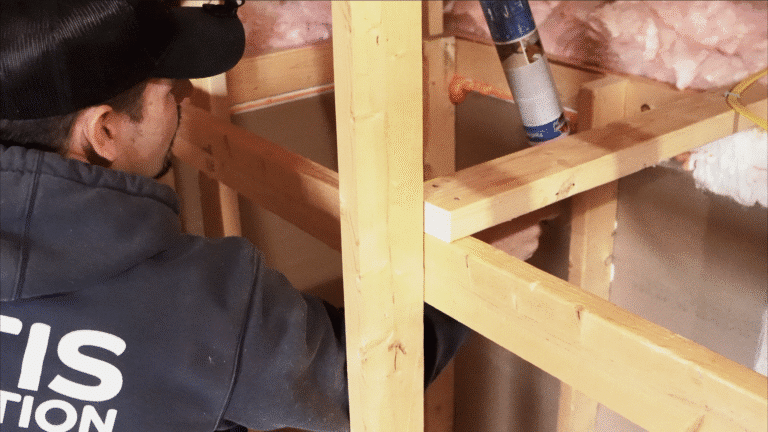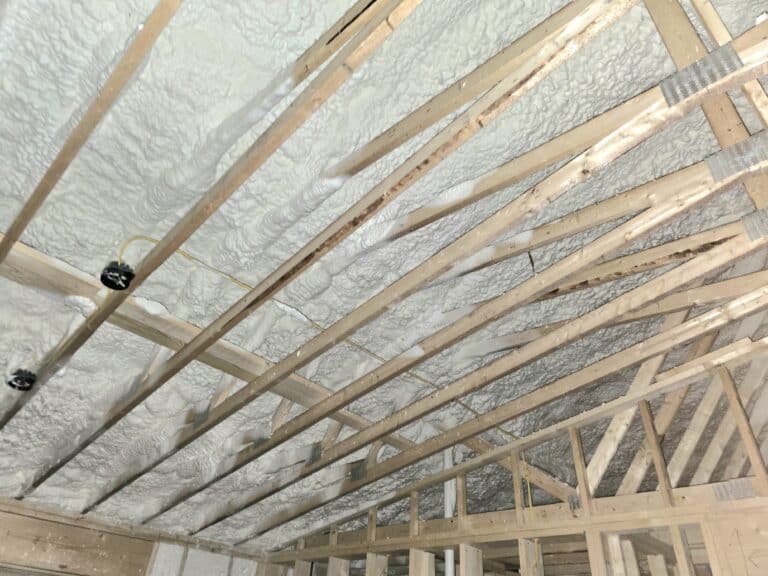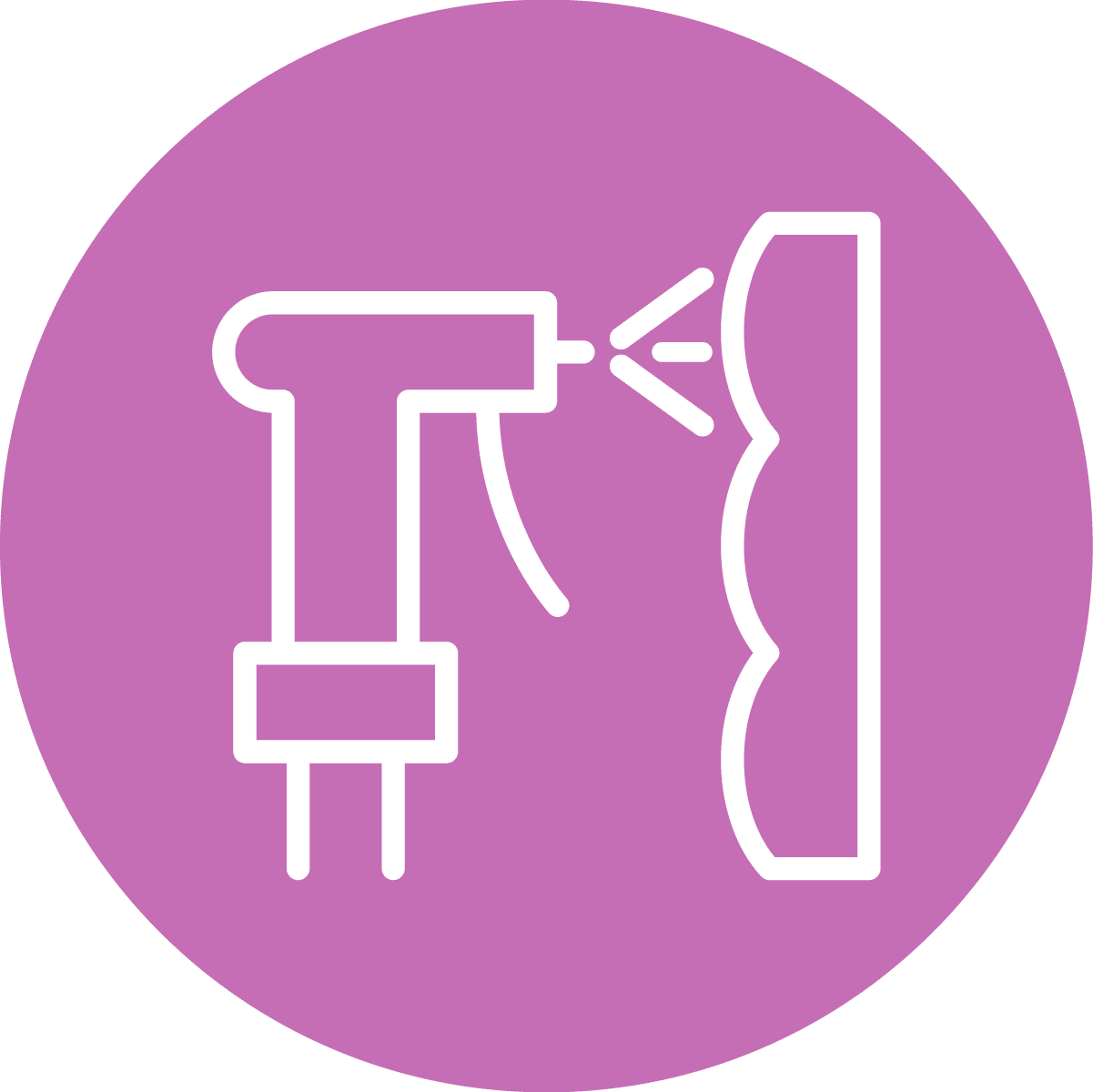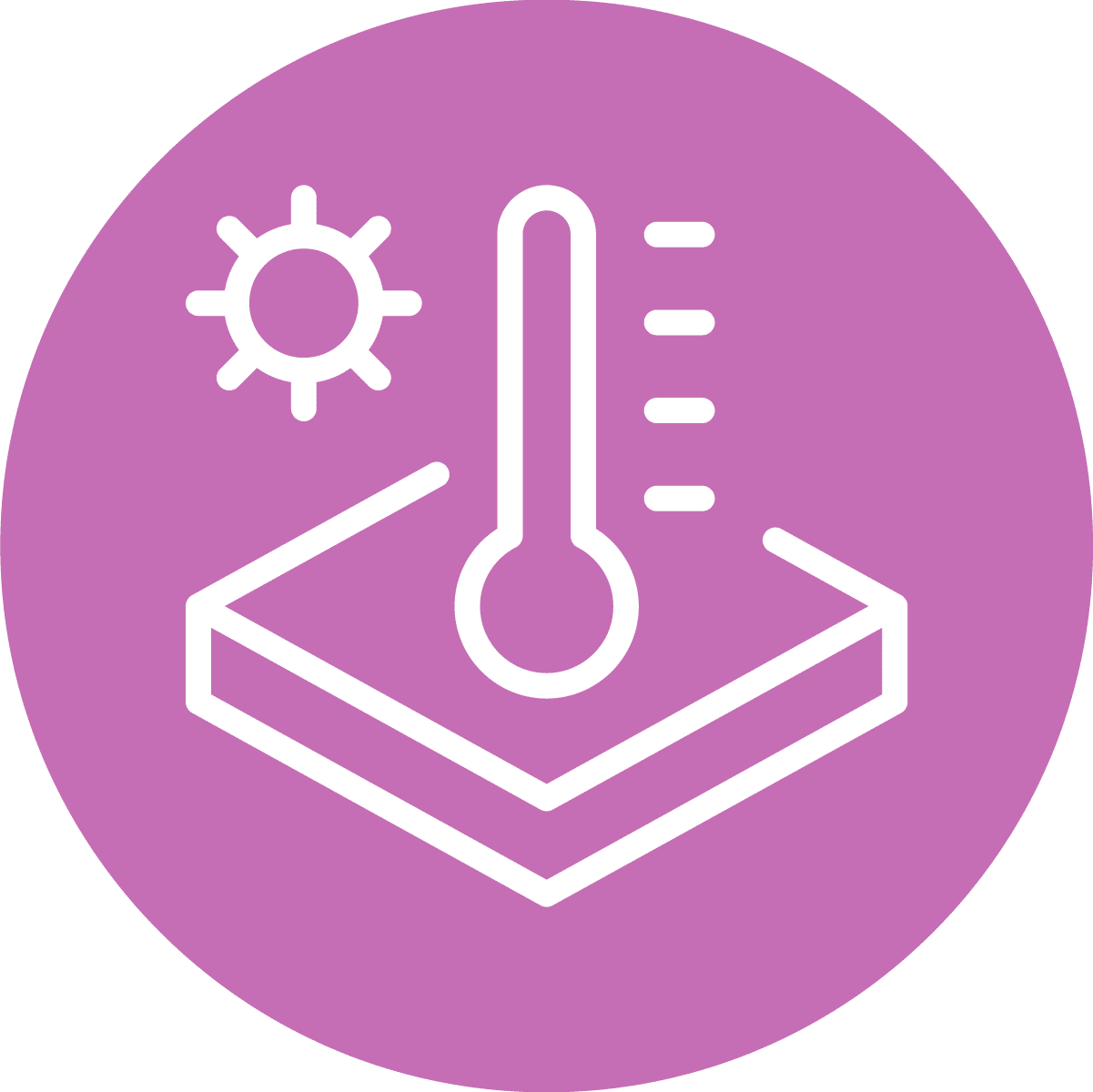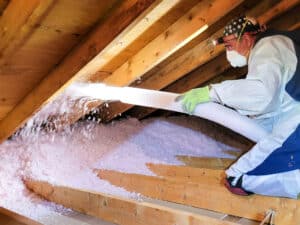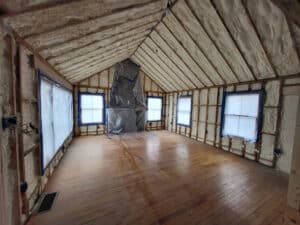The Inflation Reduction Act (IRA), enacted in 2022, is a U.S. law designed to tackle issues such as climate change, healthcare expenses, and the national deficit. It benefits homeowners, renters, and businesses by significantly lowering the costs associated with energy-efficient upgrades, including insulation.
The Act provides financial support for insulation through tax credits and rebates aimed at home energy improvements. These incentives make it more affordable to insulate homes, offering long-term savings on energy bills and enhancing indoor comfort. This is particularly beneficial for lower- and middle-income families for whom initial costs might otherwise prevent such upgrades.
Moreover, the legislation includes various initiatives aimed at clean energy investment and sustainability. These efforts not only help decrease energy costs but also contribute to broader economic stability by aiming to curb inflation sustainably, ensuring a cost-effective future for all. This comprehensive approach supports not only immediate financial relief but also long-term environmental and economic health.
How the IRA Helps Pay for Insulation
Although the IRA does not directly fund insulation, it offers incentives and tax credits that can help individuals and businesses lower the costs associated with energy-efficient upgrades, such as adding insulation.
Here’s how:
-
Home Energy Efficiency Improvements:
The IRA includes incentives for home energy efficiency through programs like the Energy Efficiency Home Improvement Credit. This tax credit offers up to 30% of the cost of eligible home energy efficiency improvements, such as insulation, air sealing, and energy-efficient windows and doors, with a maximum credit of $1,200 per year. The exact amount of credit you can claim depends on the type of improvements made.
-
High-Efficiency Home Rebate Program:
The IRA also expands funding for the Home Energy Performance-Based Incentive Program, which provides rebates for energy-efficient home upgrades. You could qualify for substantial rebates if you install insulation and other energy-saving measures that significantly reduce your energy consumption. This is aimed at lower– and middle-income households, helping to cover the costs of efficiency upgrades like insulation.
Additional Support for Low-Income Households: Through the IRA, there is a strong emphasis on helping low-income homeowners and renters access energy efficiency upgrades. The Low-Income Energy Efficiency Program assists those who qualify, providing grants and rebates for insulation and other measures to make homes more energy-efficient and affordable, ensuring that no one is left behind in the journey toward energy efficiency.
Remember, these insulation tax credits are available until December 31, 2032, after which time they are set to expire (as of September 2023). So, don’t miss out on this opportunity to save on your energy bills. Any services done between now and December 31, 2032 can be used on annual income tax forms to gain the customer tax credit, unless the IRA is extended.
To learn more, contact us today for a free test at your home or business!
Reference: Latest News | Greenlink Equity Map. https://www.equitymap.org/latest-news


